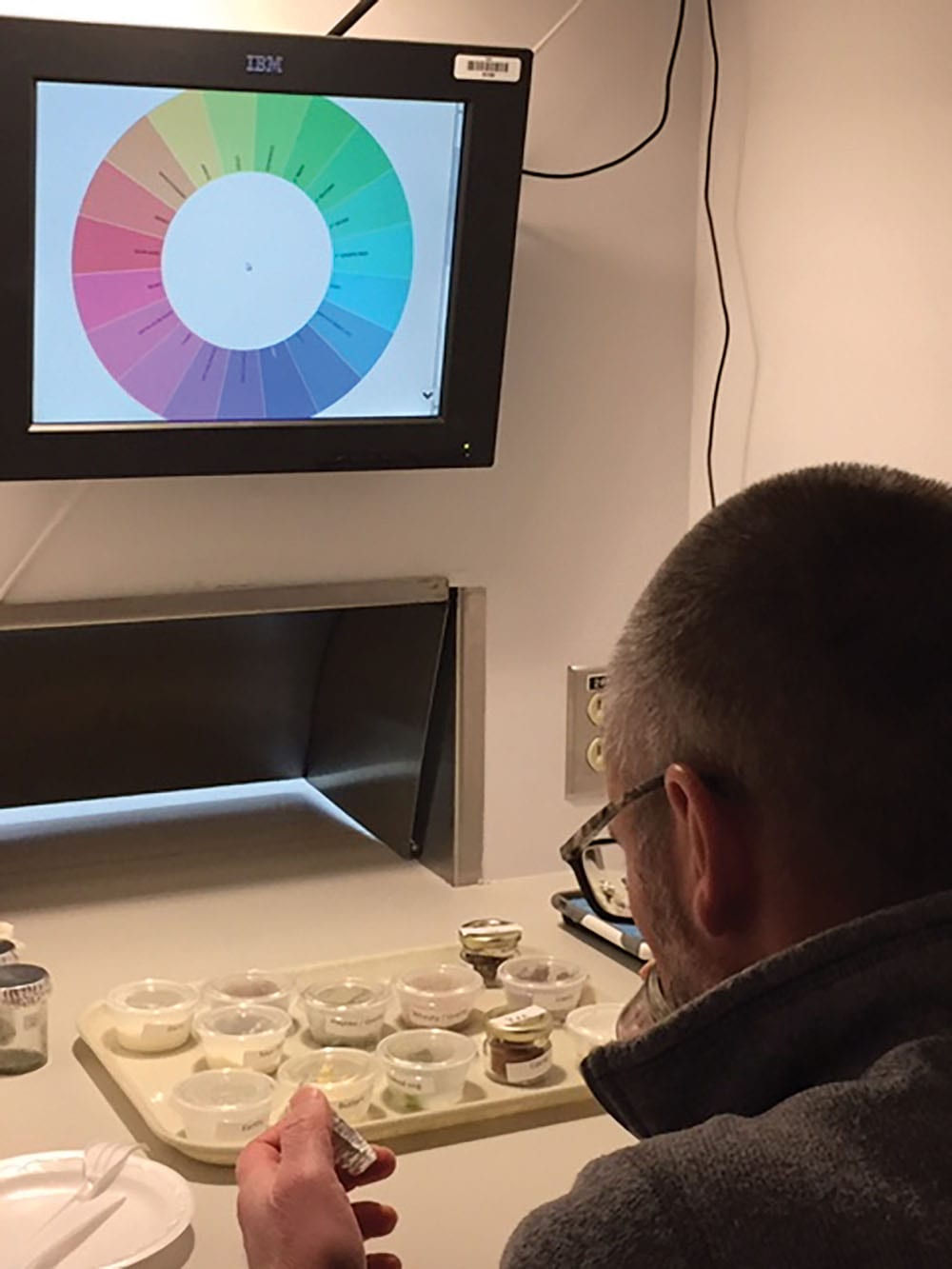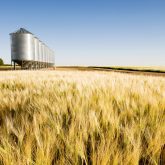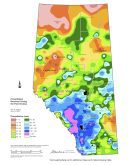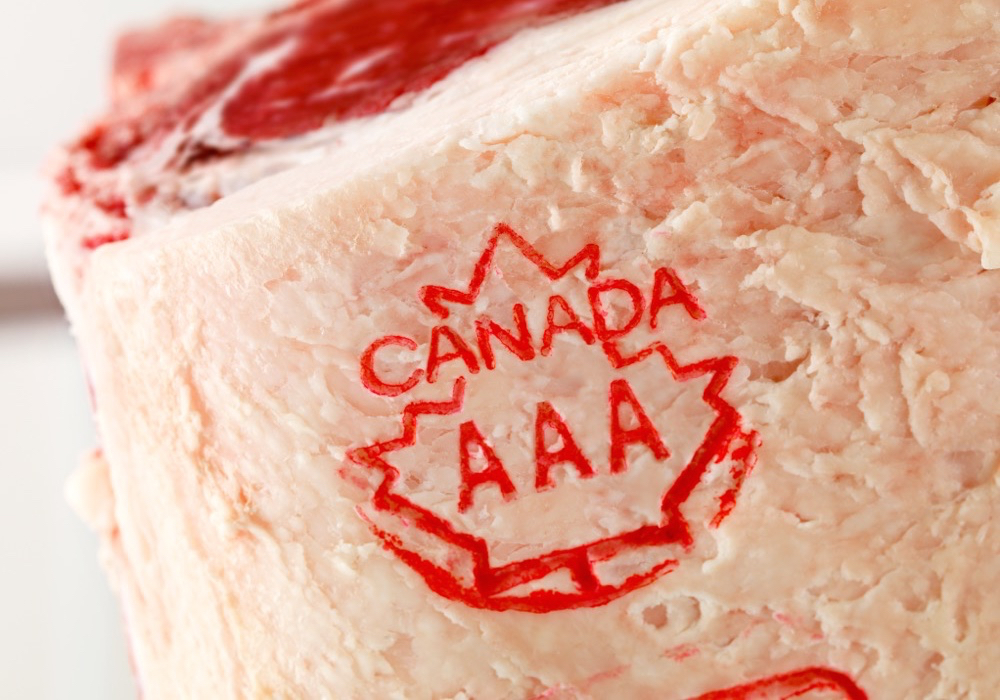When people talk about a cut of meat, they might praise its juiciness and tenderness. But they don’t often talk about its flavour.
This is something Nicole Gaudette — an expert in a branch of science called sensory analysis — wants to change.

“By using sensory evaluation to study consumer preferences, we get an idea of what is driving it,” said the Alberta Agriculture and Forestry research scientist.
The ability to taste and smell is biological — including the physiology of receptors on your tongue and nose — but food preferences are driven by culture.
“If you were to grow up in India, versus growing up in Alberta, it makes sense that you will have different foods that you prefer over time,” she said. “Sensory science tries to understand consumer preference by admitting there are variables that affect consumer preference.”
Gaudette has a background in studying wine, and she found that naturally lent itself to studying meat.
“Wine is a complex beverage, with aromas, colours, and tastes. Meat is also really complex. People might not appreciate that. But when you take a look at a nice rib-eye, the only thing that meat has that wine doesn’t is the temperature differences.”
Read Also
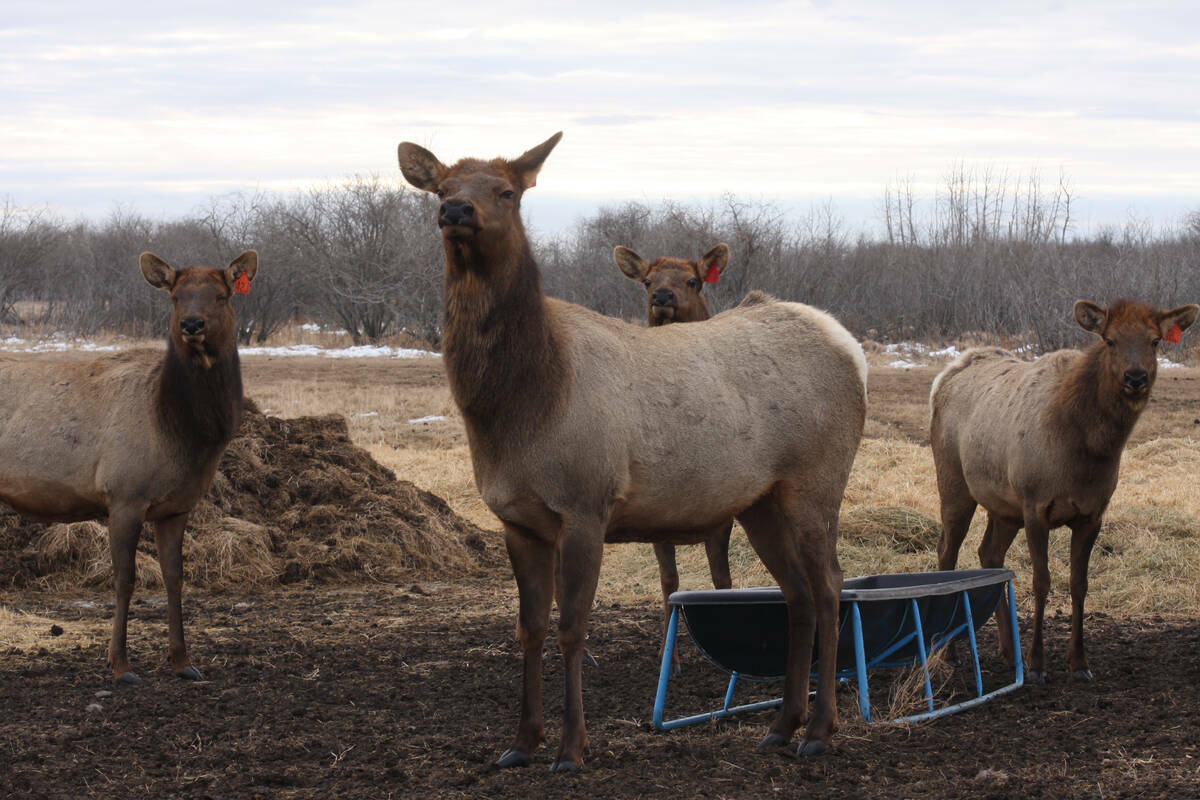
Cervid harvest preserves to be developed in the province under Bill 10
The Government of Alberta has given approval for creation of cervid harvest preserves.
Other factors that can change the way a piece of meat tastes include the tenderness and juiciness of a particular cut, the age of the animal, and aging of the meat. But almost all research on meat has focused on tenderness and juiciness, and flavour hasn’t been explored as much, she said.
“Flavour is really all encompassing,” she said. “It can include textural attributes, and aroma sensation, like beefy or grassy. When we are consuming that meat product, there are flavours that we are consuming — salty and sweet. No one talks about these things.”
So Gaudette, along with a team of scientists at Agriculture and Agri-Food Canada in Lacombe, conducted a study that combined examining the chemistry of beef (such as levels of fatty acids, pH, and the ratio of omega-3s to omega-6s) with in-depth probing of a group of 120 consumers to try to better understand what makes beef tasty.
One key question: What is it about Alberta beef that makes it different or better?
“If another option was given to us, would we gravitate to Alberta beef because we’re used to that flavour? Or is there even a flavour difference?”
The consumers, all beef eaters, were asked about the flavour attributes of the meat they sampled.
“They weren’t there to describe the sensory properties of beef,” said Gaudette. “We did ask them, but the most important thing they were asked was: How much do you like this?”
They were given Alberta beef (Triple A Certified Angus from cows finished on barley) along with American (corn-fed USDA Certified Angus Choice) and comparable Australian beef (finished on a mixed grain diet). All were rib-eyes that had been aged the same way.
In blind taste tests, the Aussie beef received the lowest grade, earning descriptions such as gamey and ‘livery’ (an off-flavour). They liked the Alberta and American beef equally, giving both high marks for ‘beefiness’ and having a buttery flavour.
The tasters were asked if they would purchase each product and then told where it came from. Once they found out the origin of the American meat, they were less likely to say they would buy it.
“People are very loyal and they were willing to purchase Canadian products,” said Gaudette.
The research offers insights for marketing Canadian beef, she added.
“How cool would it be if there was some labelling on beef that provided information about flavour?” she said.
“There’s areas of opportunity. If we could showcase that feeding Alberta cattle barley has an advantage over feeding corn or mixed grain, then we could be more competitive on the international market.”
That sort of marketing would also resonate here, too.
“There are a lot of younger folks who are gravitating to this. Foodie-ism is not going away.”


